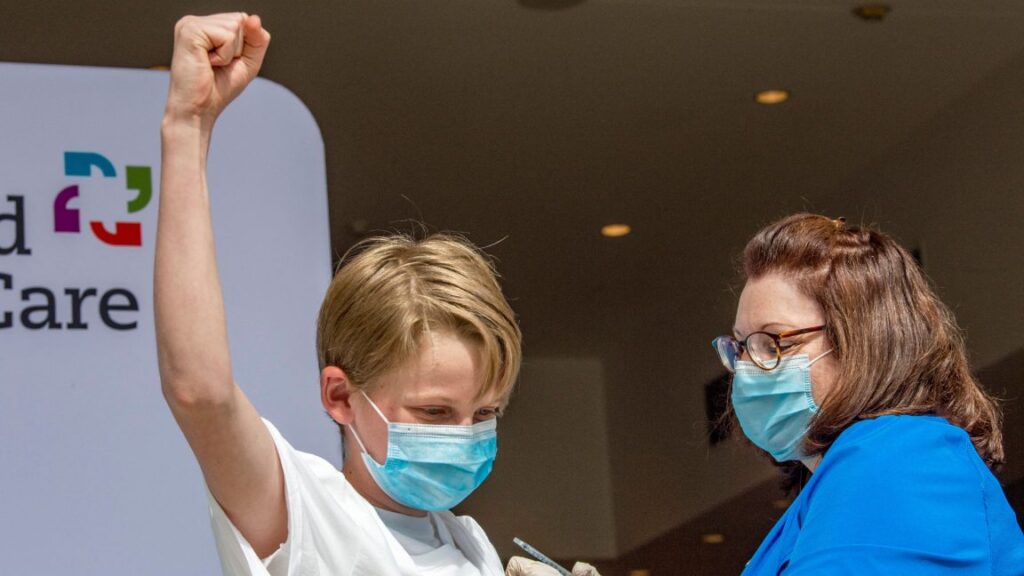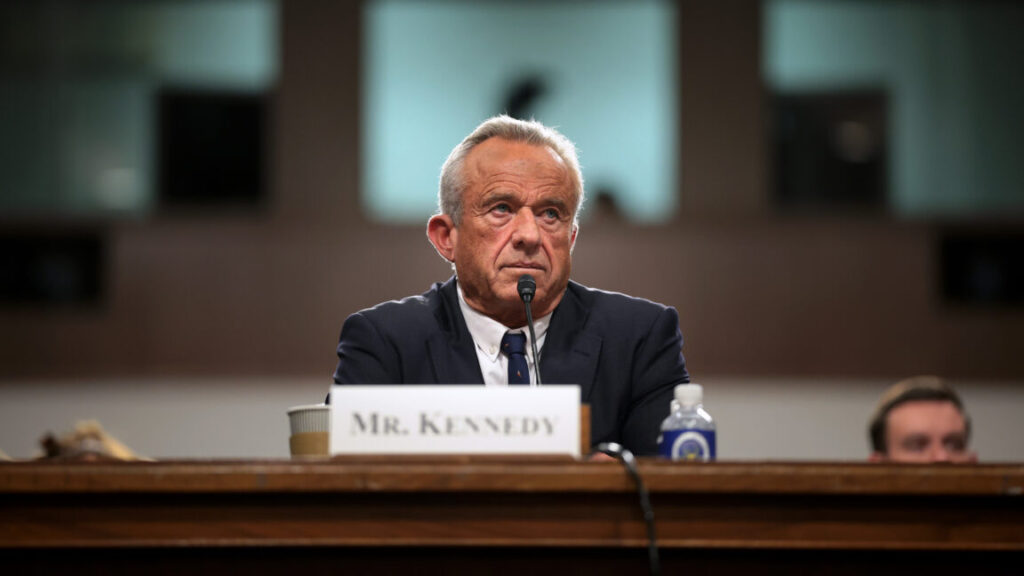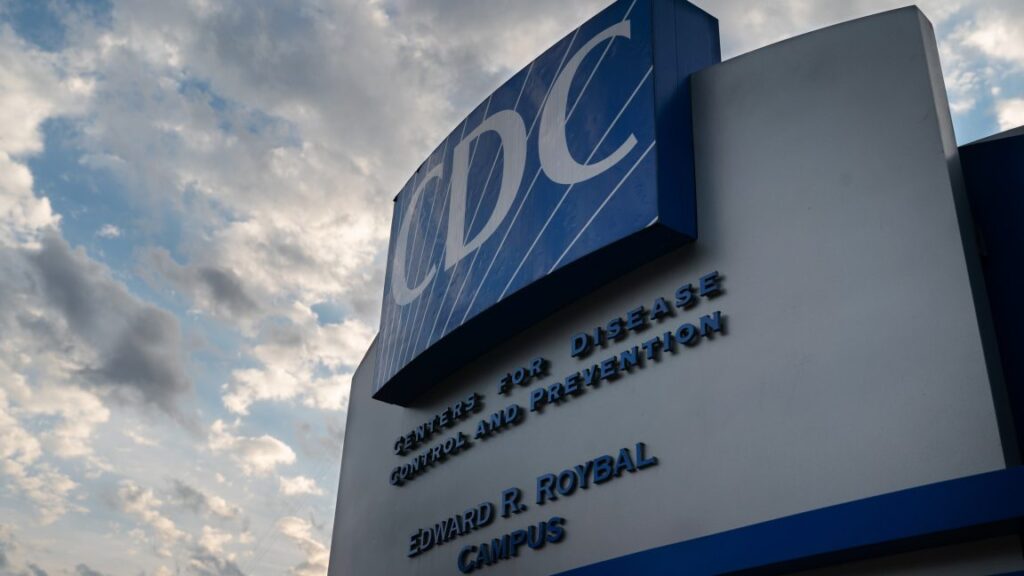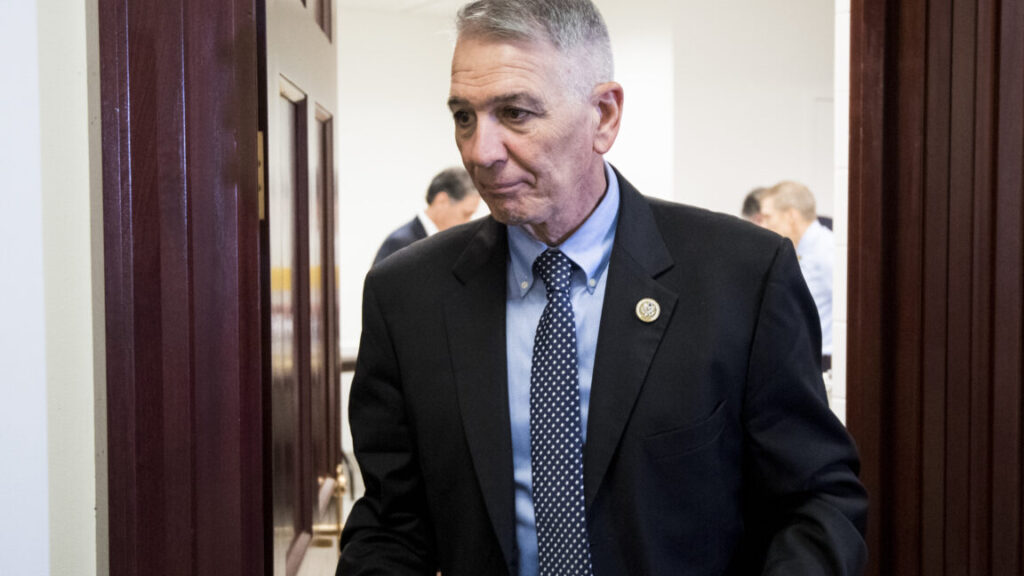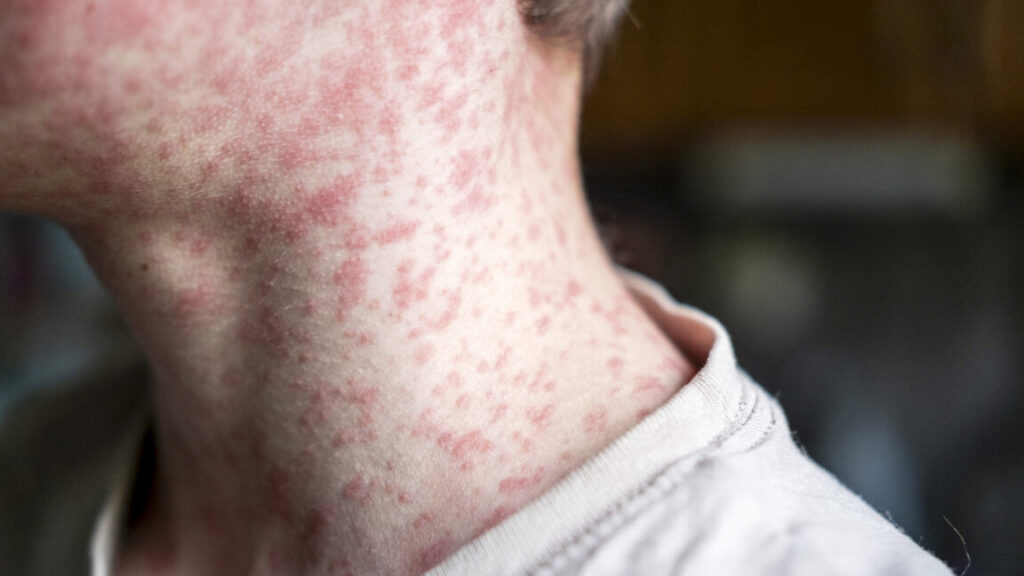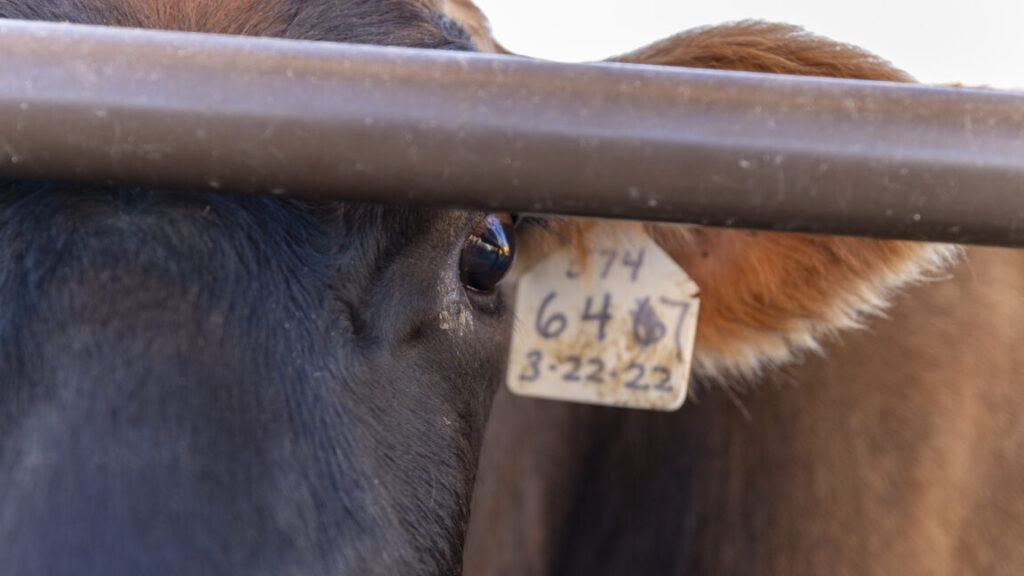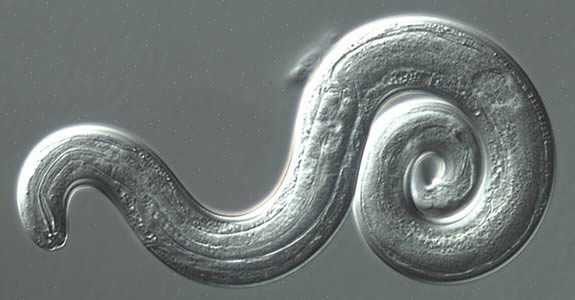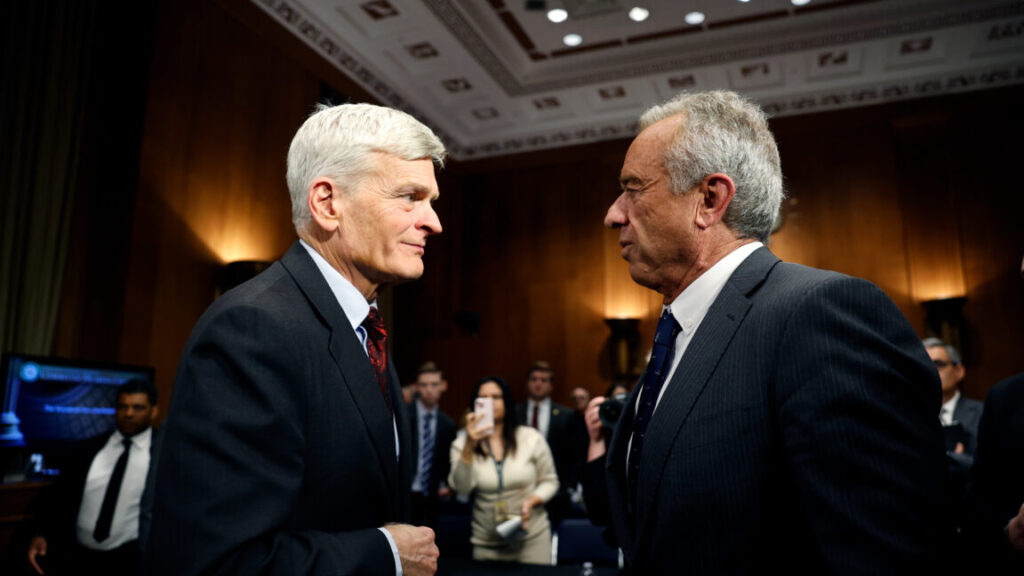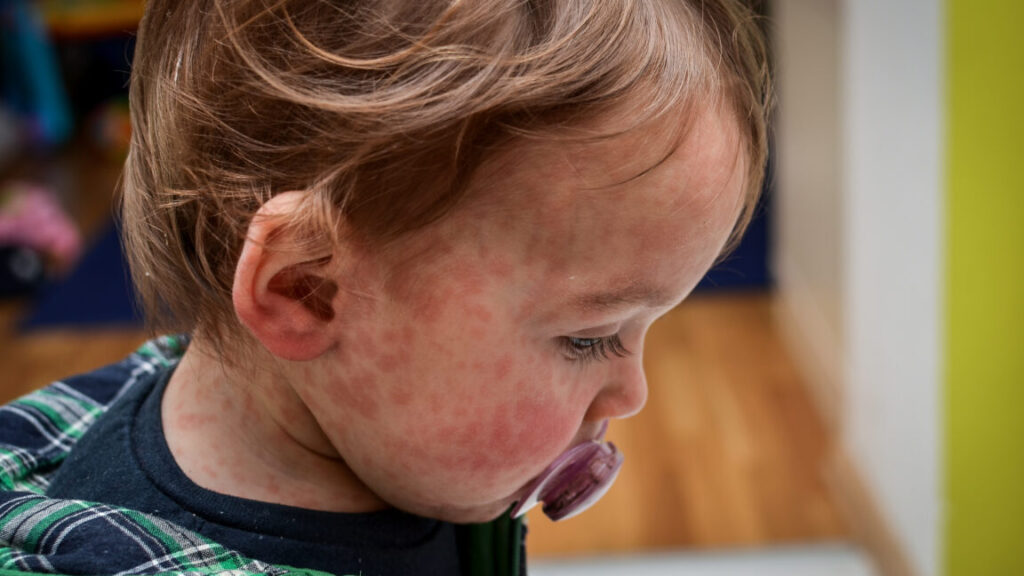Doctors report upticks in severe brain dysfunction among kids with flu
Doctors around the US have anecdotally reported an uptick of children critically ill with the flu developing severe, life-threatening neurological complications, which can be marked by seizures, delirium, hallucinations, decreased consciousness, lethargy, personality changes, and abnormalities in brain imaging.
It’s long been known that the seasonal flu can cause such devastating complications in some children, many with no underlying medical conditions. But doctors have begun to suspect that this year’s flu season—the most severe in over 15 years—has taken a yet darker turn for children. On February 14, for instance, health officials in Massachusetts released an advisory for clinicians to be on alert for neurological complications in pediatric flu patients after detecting a “possible increase.”
With the anecdata coming in, the Centers for Disease Control and Prevention analyzed all the data it has on neurological complications from flu this year and seasons dating back to 2010. Unfortunately, existing surveillance systems for flu do not capture neurological complications in pediatric cases overall—but they do capture such detailed clinical data when a child dies of flu.
An analysis of that data, published today in the CDC’s Morbidity and Mortality Weekly Report, can’t definitively say that this year is out of the norm. For one thing, the flu season is not yet over. But the data so far does suggest it may be one of the more severe seasons in the last 15 years.
Specifically, the CDC received reports of a severe neurological complication called influenza-associated acute necrotizing encephalopathy (ANE). ANE is a severe form of the more general category of influenza-associated encephalopathy or encephalitis (IAE), meaning brain dysfunction or inflammation from the flu.
When a child dies of the flu, clinicians are required to fill out a standardized case report form from the CDC, which collects a large variety of data, including complications. Encephalopathy or encephalitis are included as a checkbox on the form.
Between 2010 and February 8, 2025, 1,840 children died of the flu. Of those, 166 had IAE checked off as a complication. IAE was most prevalent in children aged 2 to 4 but affected children in all age groups under 18. More than half of the cases (54 percent) had no underlying medical conditions, and most (80 percent) were unvaccinated against the flu.
Doctors report upticks in severe brain dysfunction among kids with flu Read More »

